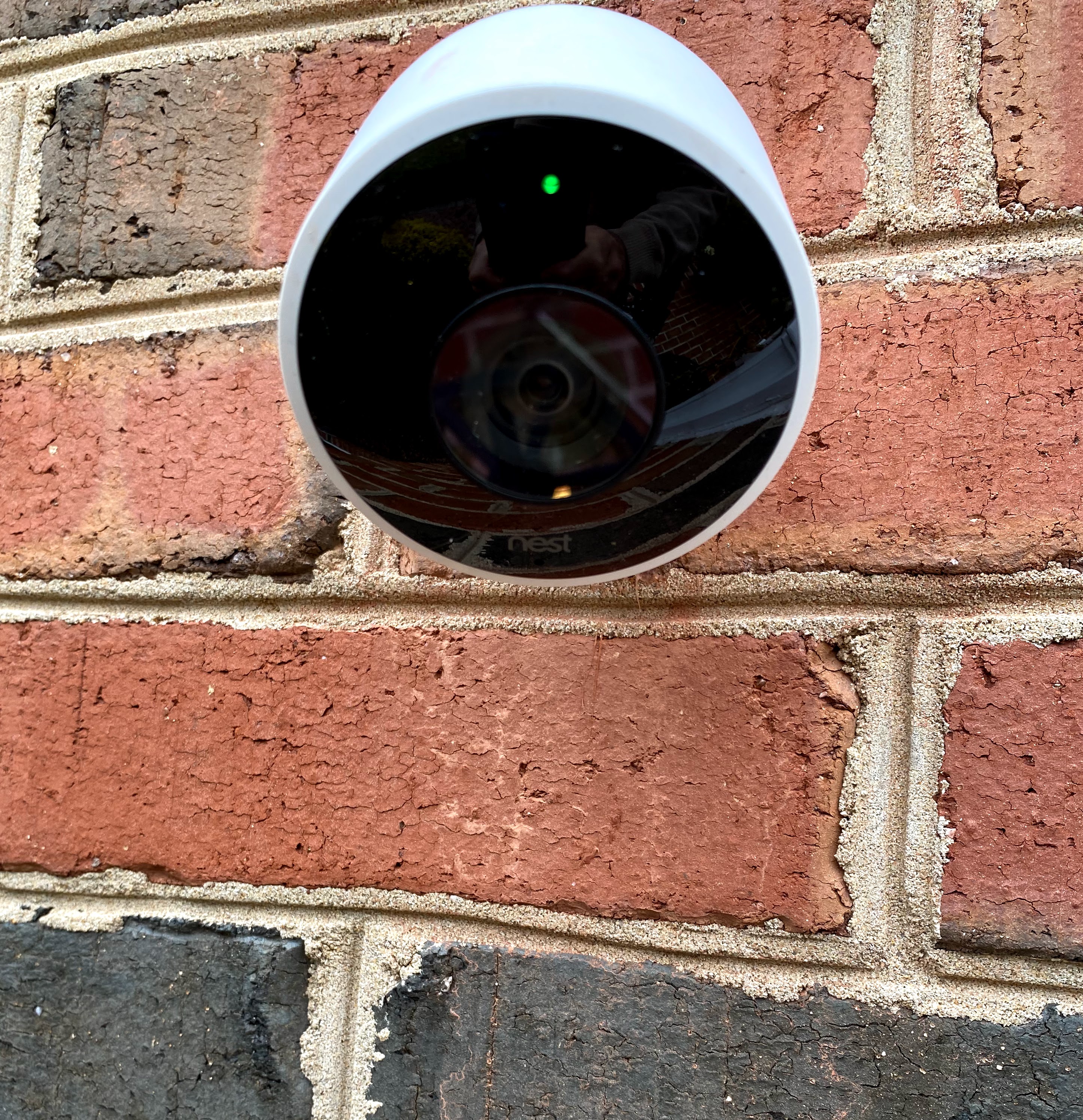So you're in the market for an outdoor security camera? Maybe a neighbor has told you how much better she sleeps at night knowing that if there is someone lurking outside the window or breaking a car window on the driveway, she will be alerted to the activity and the event will even be recorded! Or maybe you are just interested in seeing what wildlife wanders across your backyard at night. Whatever your motivation, think a little more about what you really want out of an outdoor camera before you buy one.
Not surprisingly, according to www.statista.com, the smart home category, in large part has been driven by homeowner-friendly security cameras such as Nest, Ring, and SimpliCam. Today’s cameras are “smart”, powerful, and often come with mobile phone apps that provide near real-time motion/sound alerts, relatively simple set-up, and fast Wi-Fi wireless connection and compatibility. On top of this, these cameras are durable, weather-resistant and some are even powered by small solar panels!
I bought it, now what?
Installation requirements vary by manufacturer and system complexity, ranging from stand-alone, wire-free security cameras, like the Ring doorbell camera to the more complex multi-camera, wired security systems like those you see in retail stores. There are several considerations you’ll want to think about before installing (or purchasing!) a security camera.
Planning helps: Now this next step depends on your objective, i.e., do you want total home surveillance or maybe just a front porch camera? Some of us make the mistake of beginning our planning after we’ve purchased a camera. But before you buy, consider whether you want just one camera or whether you may want to install multiple ones - maybe not now, but further down the road. If you want to install more than one, then it is best to buy the same brand and type for compatibility and ease of use. Think simple! Whatever your objective, your choices are vast, but take a moment to consider why you want a camera and then where you think you want to install it.
Camera placement: Focus on specific areas of interest. That is, think again on your objective. Are you looking to view one area or multiple areas, people, or just overall movement? A general rule of thumb is to install a camera at a downward angle to allow for accurate motion detection. This also minimizes someone removing or vandalizing the camera. Other placement considerations involve back lighting, reflection, and your home’s Wi-Fi strength. If your camera is facing the sun or street light, you may not be able to clearly see the image. And if your camera is installed over the garage on one end of the house, but your wireless internet router is located in the basement on the other end of the home, your camera may have difficulty staying connected to your home Wi-Fi network. And lastly, you’ll need to ensure that where ever you install a security camera, you will need an electric outlet to plug each camera into. If there is no wall outlet, don't worry, I can install one for you too, but that involves more cost and should be considered in your overall planning.
If you’re still trying to figure out what your objective is or how to install a security camera or just have general questions, please call or text me today at (240) 324-8081 and we can discuss your options.


Nice video!